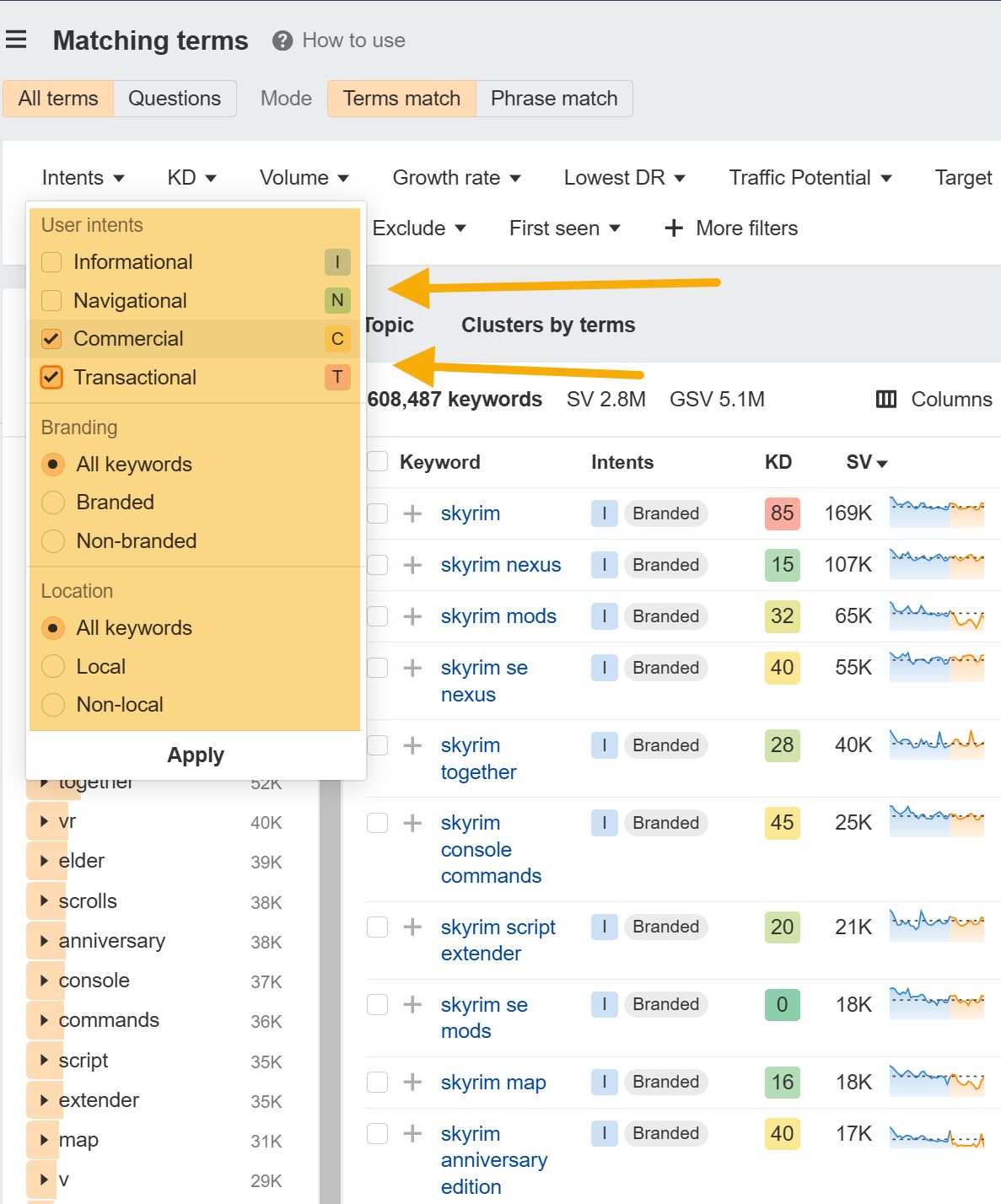E-commerce brands are upping the ante on their product category pages in an effort to rank higher than competitors on the search results. Where these pages used to be little more than a list of products, category pages these days are able to deliver a wider variety of information to support consumers on their buying journey, explained Aleyda Solis, international SEO consultant for Orainti.
However, inventory can change and the way your pages are structured has to facilitate a seamless customer experience while signaling relevance to search engines.
“The most important part [of optimizing for a shifting inventory] requires a deeper look at your inventory and understanding what and how many brand and product categories there are,” said Arsen Rabinovich, founder and director of SEO for TopHatRank.com. “Can they be organized in a way that makes sense for the user, do we have more product categories or brand categories, should brands be nested under product categories or visa-versa, and in doing so, will these combinations be in-line with how your store’s audiences search for these products?”
Solis and Rabinovich will be discussing how to prepare your digital storefront for inventory shifts, future-proofing product listings, creating evergreen product and category pages and more at SMX West in San Jose on February 19.
With more than two decades of SEO experience for clients big and small, Solis and Rabinovich shared some insights and trends that e-commerce brands can use to get the most out of their category and seasonal landing pages, and adapt to inventory changes.

What trends have you been witnessing in terms of how brands structure their online storefronts, category and/or product pages?
“With the introduction and widespread adoption of Shopify and how this e-commerce CMS forces store owners to organize their inventory into ‘collections’ and ‘products’ informational silos, we are noticing product URLs with nested category or brand information becoming a thing of the past,” said Rabinovich. “I’ve been a long-time proponent of this ‘individual’ silo structure as it allows you to create multiple organizational and informational paths to products with breadcrumbs.”
Product category pages are also getting built out with more informational content that seeks to connect with user intent, address questions, and maximize relevance to be more competitive in the search results, said Solis.
Product category pages are less likely to change than product pages. Do you have any advice for e-commerce marketers that want to optimize their category pages for search?
“To help category pages rank better, we advise our clients to not only have a list of product names, thumbnails and ‘view more’ buttons, but to turn this page into an experience that helps the user with making a decision,” said Rabinovich. “We recommend bringing in excerpts from product descriptions, star ratings, supporting content, tips, recommendations, and FAQs to create a richer experience for the user.”
Supplementing your category pages in such a way will also help to optimize it for search. “When properly coded and structured, the combination of all of the above gives Google more context and a better understanding of the category page,” said Rabinovich.
“To provide category pages with ‘fresh’ content you can also feature direct access to the latest news/blog posts/guides regarding that type of product, latest Q&As, related products, user comments and testimonials, or the latest buying trends seen in that particular category,” said Solis. In addition to adding an element of freshness to your category page, this will also help to establish your brand as an authority and may increase the likelihood of generating backlinks.
How might an e-commerce site’s search optimization change when inventory shifts or a new product category is introduced?
“The internal site search functionality should ideally work (or be very well integrated) with the main ‘indexable’ website categorization system to be updated in real time whenever new categories or inventory shifts happen,” Solis said. This can help reduce crawl budget spent on non-indexable pages as well as poor user experiences.
When introducing a new product category, Rabinovich advises marketers to evaluate their existing categories and inventory to inform how the new category can be implemented.
“If, for example, you have a single-brand e-commerce site that sells socks and you want to introduce a new line of t-shirts, you will most likely have to figure out how your current informational silos can support these new products,” said Rabinovich. “Can they be used for the new products (male/female, size, color), do you need to introduce a product-category silo for t-shirts and one for socks, should you redirect or use canonicals?”
Are there any considerations that brands should pay more attention to when preparing for seasonal events (such as Black Friday) or offering other special promotions?
“Still today I see brands falling into basic and totally preventable mistakes, like not establishing clear rules to reuse landing pages through the years for seasonal events that would allow them to capitalize on former years’ work and rankings, for example,” said Solis, who also advises brands to address connected queries with informational content that can support transaction-focused landing pages.
“All of the necessary page level and internal signals (page title, heading, URL, internal links and their anchors) should hint to Google that this is a dedicated page on your website for ‘Black Friday Sales,’ said Rabinovich, who also recommended creating dedicated pages for such seasonal events. “You can then use this evergreen and dedicated silo to house all of your sale content.”
E-commerce marketers can learn even more ways to optimize changing product pages during Rabinovich and Solis’ session at SMX West in San Jose, February 19–20. This year, we’ve added an entire track dedicated specifically to digital commerce marketing. Register today.
About The Author
George Nguyen is an Associate Editor at Third Door Media. His background is in content marketing, journalism, and storytelling.
Content Copyrights Belong to The Author. All Rights Reserved.
We're A Dallas Digital Marketing Agency That is Experts At Social Media Marketing, Website Design and Emarketing and Promotion.



